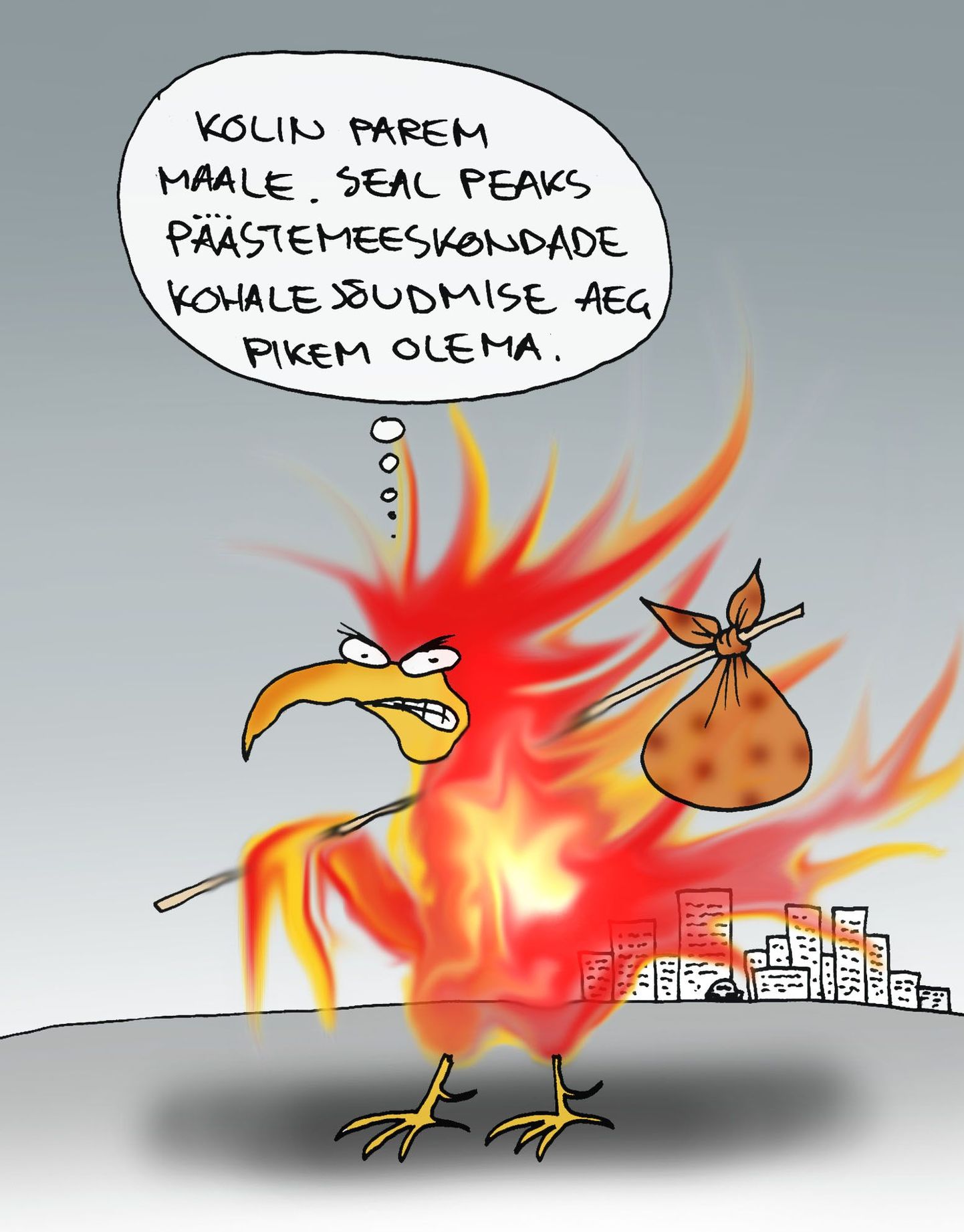
Where in Estonia would one dwell? Where to buy or build a house, a summer home? A criterion might be: should fire strike, will the rescuers arrive before it’s too late.

Where in Estonia would one dwell? Where to buy or build a house, a summer home? A criterion might be: should fire strike, will the rescuers arrive before it’s too late.
Often, people have no clue. Just recently, the situation changed. Rather specifically and precisely, such arrival times are shown at a public map. Hopefully, like maps related to police and ambulances will follow.
Alas, a large part of Estonia is outside the 15 minutes arrival area. These, however, are the scarcely populated regions where it might take up to half an hour to come put out the fire. Obviously, a pan-Estonian rule is out of the question. Urban communities do differ from lone roadside houses or dwellings in the wild and off-road.
As thoroughly covered in Postimees today, Estonian rescuers arrive at an average of just under nine minutes – rather good compared to some neighbours. The relative slowness in Finland and Norway, however, may largely be attributed to the larger by far territories, some of that little inhabited. Still, year-on-year, Estonia’s 2014 arrival time has improved.
For rescuers, fifteen minutes are an important marker – arriving within quarter an hour, major loss of life is usually avoided. Last year, 93 percent of arrivals came within that limit – a good basis for trying even harder in times to come.
In addition to public fire brigades, many an area features its volunteers. Obviously, though, these cannot be expected to be on their way within one minute like the state-paid colleagues.
Regretfully, the numbers of fires are not at all in decline. Rather the opposite – regarding this, 2014 was pretty bad with a total of 6,862 fires, thus almost a fifth more as compared to the year before. The spring was especially gloomy, from February to April. The places most affected were woods and off-road areas.
Clearly, in the nature the weather plays a role in any given year. Still, the human factor is often involved. All can boost their watchfulness and help avoid accidents – easing the load of rescuers so the latter have hands freed to speed to urgent need and snatch souls from flames.